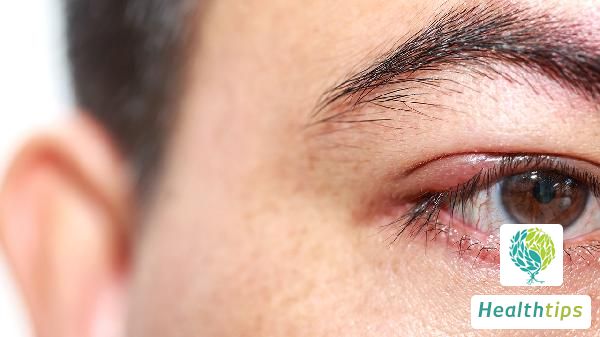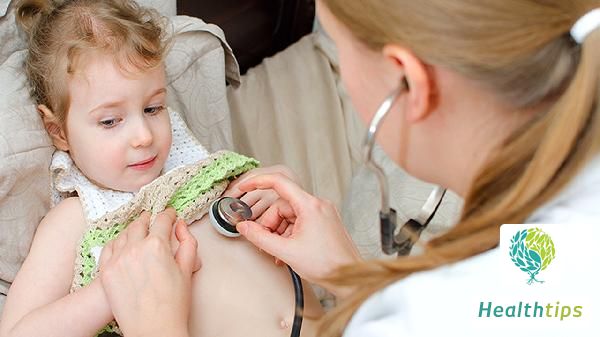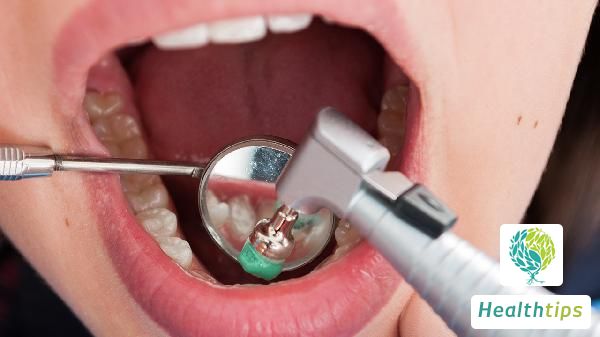What Should I Do About Dry Eczema on My Babys Skin?
When babies develop dry or wet eczema, it is important to identify the type and provide timely care. Symptoms can be alleviated through moisturizing, antibacterial and anti-inflammatory medications, and dietary adjustments. If eczema is severe or recurrent, medical attention should be sought promptly to determine the underlying cause and receive targeted treatment.

Genetic Factors: Babies are more prone to eczema if their parents have allergic diseases such as eczema, allergic asthma, or rhinitis.
Environmental Factors: Dry and cold seasons, overly dry indoor air, and exposure to allergens (e.g., pollen, dust mites, animal hair) may trigger eczema.
Autoimmune and Skin Barrier Issues: Babies with eczema have weaker skin barrier function, leading to easy water loss and stronger reactions to external sensitizers, causing dry or wet eczema.
Other Potential Triggers: Irritating clothing materials, unsuitable skincare products, and dietary allergies (e.g., milk, eggs, wheat).
Care for Dry Eczema:
1. Moisturizing: Use baby-specific moisturizing creams daily, preferably those without irritants, such as petroleum jelly or urea cream, to apply to dry areas and help repair the skin barrier.
2. Avoid Dry Environments: Use a humidifier at home to maintain humidity between 40%-60%. Use lukewarm water for baths, no longer than 10 minutes, and keep the water temperature around 37°C.
3. Choose Soft Clothing: Opt for cotton clothing and avoid wool or synthetic materials directly touching the skin to reduce friction and irritation.
Treatment for Wet Eczema:
1. Clean Wounds to Prevent Infection: Gently clean affected areas with warm water or diluted saline solution when eczema weeps to avoid bacterial infections.
2. Topical Ointments: Under medical guidance, use suitable ointments for eczema areas, such as mild corticosteroids (e.g., 1% hydrocortisone cream) or calcineurin inhibitors (e.g., pimecrolimus cream), to control inflammatory responses.
3. Protect Affected Areas: Use sterile gauze to cover affected areas appropriately to prevent continuous weeping and worsening of symptoms.
Dietary Adjustments:
1. Breastfeeding mothers should observe whether their diet correlates with their baby's eczema and avoid high-allergen foods (e.g., nuts, seafood).
2. If the baby is fed formula, try switching to hydrolyzed protein formula to reduce allergic reactions to protein.
3. Maintain a balanced diet, supplement vitamins and minerals, and enhance the baby's immunity.
If the baby's eczema covers a large area, symptoms worsen, or there are signs of infection such as pus or fever, take the baby to the dermatology department of the hospital as soon as possible. If eczema is suspected to be allergy-induced, an allergen test can help identify specific triggers and adopt personalized prevention and treatment plans. It is crucial to differentiate care for dry and wet eczema in babies and maintain proper daily management to alleviate symptoms. If conditions recur or worsen for unknown reasons, early medical attention is recommended to ensure a healthy and comfortable living environment for the baby.



















